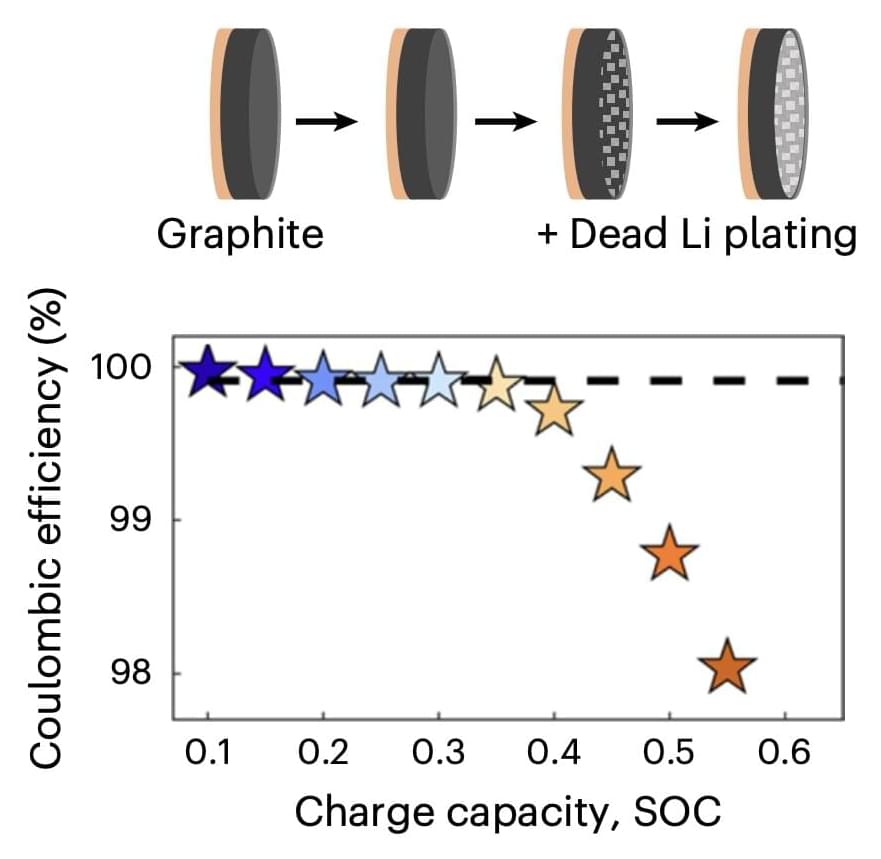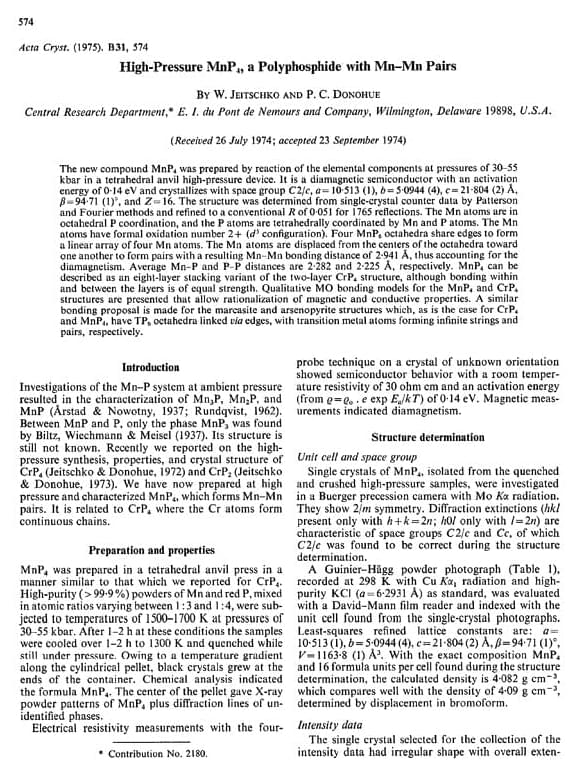Uploaded via Twine (https://www.twine.fm).
Check out my profile on Twine (https://www.twine.fm/LeHoang)
Uploaded via Twine (https://www.twine.fm).
Check out my profile on Twine (https://www.twine.fm/LeHoang)
Thank You For Watching.
Please Like And Subscribe to Our Channel: https://www.youtube.com/EasyPeasyLearning.
Like Our Facebook Page: https://www.facebook.com/learningeasypeasy/
Join Our Facebook Group: https://www.facebook.com/groups/460057834950033
Support Our Channel: https://www.patreon.com/supereasypeasy


Lithium-ion batteries (LiBs) are among the most widespread rechargeable battery technologies, due to their high energy densities and performances. Despite their versatility and advantageous characteristics, these batteries often require specific times to charge and speeding up these charging times has so far proved challenging.
The main reason for this is that during fast charging, lithium plating could form on the batteries’ graphite anode, which could pose safety risks. In fact, lithium plating reactions on graphite anodes, which can also occur at low temperatures, during overcharging or following battery malfunctions, can lead to the formation of non-cyclable lithium metal and salts, which could ignite causing fires or battery explosions.
Researchers at University of California, Berkeley and the Lawrence Berkeley National Laboratory recently carried out a study investigating potential ways to reduce these risks and enable the creation of safe fast-charging LiBs. Their paper, published in Nature Energy, outlines a series of simple techniques for quantifying irreversible Li plating on the graphite anodes inside LiBs.

The digital tool can help us understand the past, and predict Earth’s future.

That’s if no ‘significant actions’ are taken.
According to a recent report, if no significant actions are taken, half the world’s population will be obese or overweight by 2035. Globally, 38 percent of the Earth’s population— almost 2.6 billion people —are overweight or obese. If situations do not alter in the future, the rate is expected to rise to 51 percent in just twelve years’ time, as per new reports published by World Obesity Federation.
Furthermore, the obesity rate is particularly rising among children and countries with low-income rates.
Ahmet Yarali/iStock.
Globally, 38 percent of the Earth’s population— almost 2.6 billion people —are overweight or obese. If situations do not alter in the future, the rate is expected to rise to 51 percent in just twelve years’ time, as per new reports published by World Obesity Federation.


